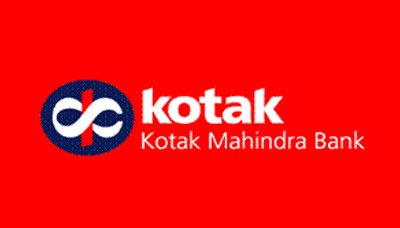
Hyderabad, 11 February 2020: Uber has announced the formation of Uber Money, a team of more than 100 technology professionals responsible for global financial products and technology innovations at its Hyderabad Tech Center, making it the first such commitment in the Asia-Pacific region. Besides Hyderabad, the Uber Money team also has a presence at its San Francisco, Palo Alto, New York, and Amsterdam tech centers.
The Hyderabad-based team will play an essential role in enabling upcoming new global features and improvements, including real-time earnings; updated debit accounts, and debit cards for Uber drivers; along with Uber Wallet and refreshed Uber credit card for Uber riders.
With deep knowledge in front-end, full-stack, mobile, machine learning, and data engineering, the Uber Money team will focus on implementing new payment methods, enabling and building financial compliance tools, leveraging smart routing technologies for payment gateways, and applying Uber Artificial Intelligence models for intelligent risk decisions.
Naga Kasu, Engineering Director and Hyderabad Site Lead, Uber said, “The Uber Hyderabad Tech Centre has the best in class Fintech talent specializing in risk, payments, financial reporting and analytics platform engineering. Besides engineering, we are investing in growing and scaling data science, analytics, and product management organizations to transform Hyderabad into a full spectrum tech site for Uber.”
Started in 2014, Uber’s Hyderabad Engineering Centre builds software products and platforms, focusing on providing a seamless experience to Uber’s global community. The centre’s cutting-edge innovations and ability to generate high business impact have resulted in greater investments, increased hiring, and more responsibility for the site. In line with Uber’s CEO Dara Khosrowshahi’s pledge to remain committed to India during his October 2019 visit, Uber aims to double down on long-term growth at its Hyderabad and Bangalore tech centers.
About Uber
Uber’s mission is to create opportunities through movement. We started in 2010 to solve a simple problem: how do you get access to a ride at the touch of a button? More than 15 billion trips later, we’re building products to get people closer to where they want to be. By changing how people, food, and things move through cities, Uber is a platform that opens up the world to new possibilities.





